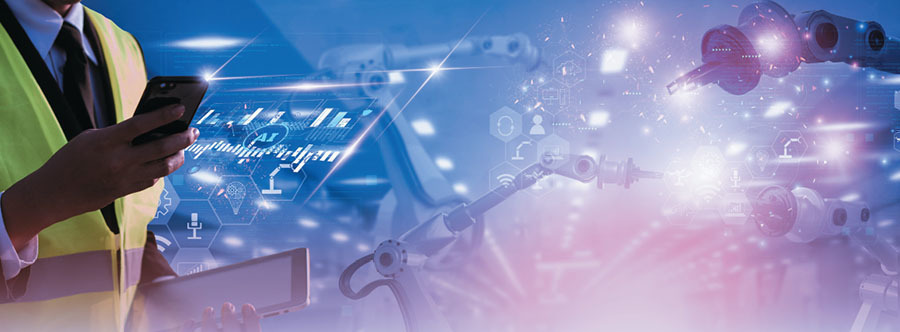MHI Solutions Community

With the current state of the labor market—and the ever-increasing need for efficiency in operations—questions about making warehouse automation successful abound. Plenty of folks are feeling pressured, yet are still on the fence about what to do, how to do it and even when.
As Matt Kulp puts it, the answer to those questions is the same as “the answer to most questions: It depends.” Choosing, implementing and scaling the right solution depends on your business and your situation. The best bet may be to make a move now. But it’s also important to move with diligence to help prevent scrambling, frustration and lack of expected benefits later on.
“If you’re a fast-growing company, the answer might be to invest as soon as possible, because you can be more confident in realizing the sales to justify it, and you’ll continue growing,” said Kulp, who is EVP of MHI’s Solutions Community and managing partner at MHI member St. Onge Company. “The argument against that is, ‘Well, let’s wait until business settles down, because whatever we buy might not be applicable in the near future, since business changes so much.’ If you’re in a stable business, that might be the easiest, because you have an understanding of what your growth will be, and you can project that out. You can run the straightforward return on investment calculations…. But if you’re in a declining business, that’s the most challenging. Can you really justify it? Will the business be there to justify the savings going forward? Regardless of your growth situation, what is most important is to do your due diligence before purchasing, get comfortable with the conclusions and build confidence that you will realize the benefits being proposed. Caveat emptor still applies.”
Blind faith and business rarely mix, especially in a market that’s flooded with innovation, creativity and promises. It’s still too easy to believe that the latest shiny thing will solve all of our problems.
But with the right investigation and analysis, maybe it could solve one. Or even two. Or lead to something else down the line.
Brian Poveromo, director of facilities and maintenance at Solutions Community member American Eagle Outfitters and end user chair for the Solutions Community, has had the opportunity to be heavily involved in the selection and installation of automation at his company. American Eagle Outfitters has three distribution centers, and the one in Hazleton, PA, was highly automated from the start in 2013.
“We’ve continued to expand on that and change all of our designs for the future,” he said. “We’ve turned to automation to help us with labor. But in the long run, we’re also finding that automation is helping us with efficiency.” Roughly 90 million to 100 million units move through the 1 million-square-foot facility each year, he said. And yet, he has only three forklifts, one high reach and five walkie riders. There are also close to 16 miles of conveyance and sorters, three large Beumer unit sorters, shuttles and five lanes of cranes that can hold up to about 65,000 cases. At its much-older facility in Kansas, the company installed a Berkshire Grey robotic shuttle system for retail. Now 10 people can do the job of probably 50, he said. But it’s not just about replacing people with robots. It’s about finding other things for those people to do. It’s also about helping people be more ergonomic, removing risks and reducing injuries.
Poveromo believes the future of automation will include a lot more robotics; he mentioned MHI member Agility Robotics’ efforts in bipedal robots, for example. But robots will always need human involvement and will likely need some level of operator and maintenance technician. He sees that as uplifting for many associates, as it means opportunities beyond “lifting boxes or sweeping floors.”
No matter the automation, the scalability is restricted by real estate. As for flexibility, however, there’s great opportunity in the consideration of, “How else can I use this thing?” Poveromo said. Choosing a solution, then, isn’t just what it’s going to do for today, he added. It’s also about the ability to envision what it might do in the future.
Click here to read the full feature.
ART STOCK CREATIVE/SHUTTERSTOCK.COM
 MHI Solutions Improving Supply Chain Performance
MHI Solutions Improving Supply Chain Performance